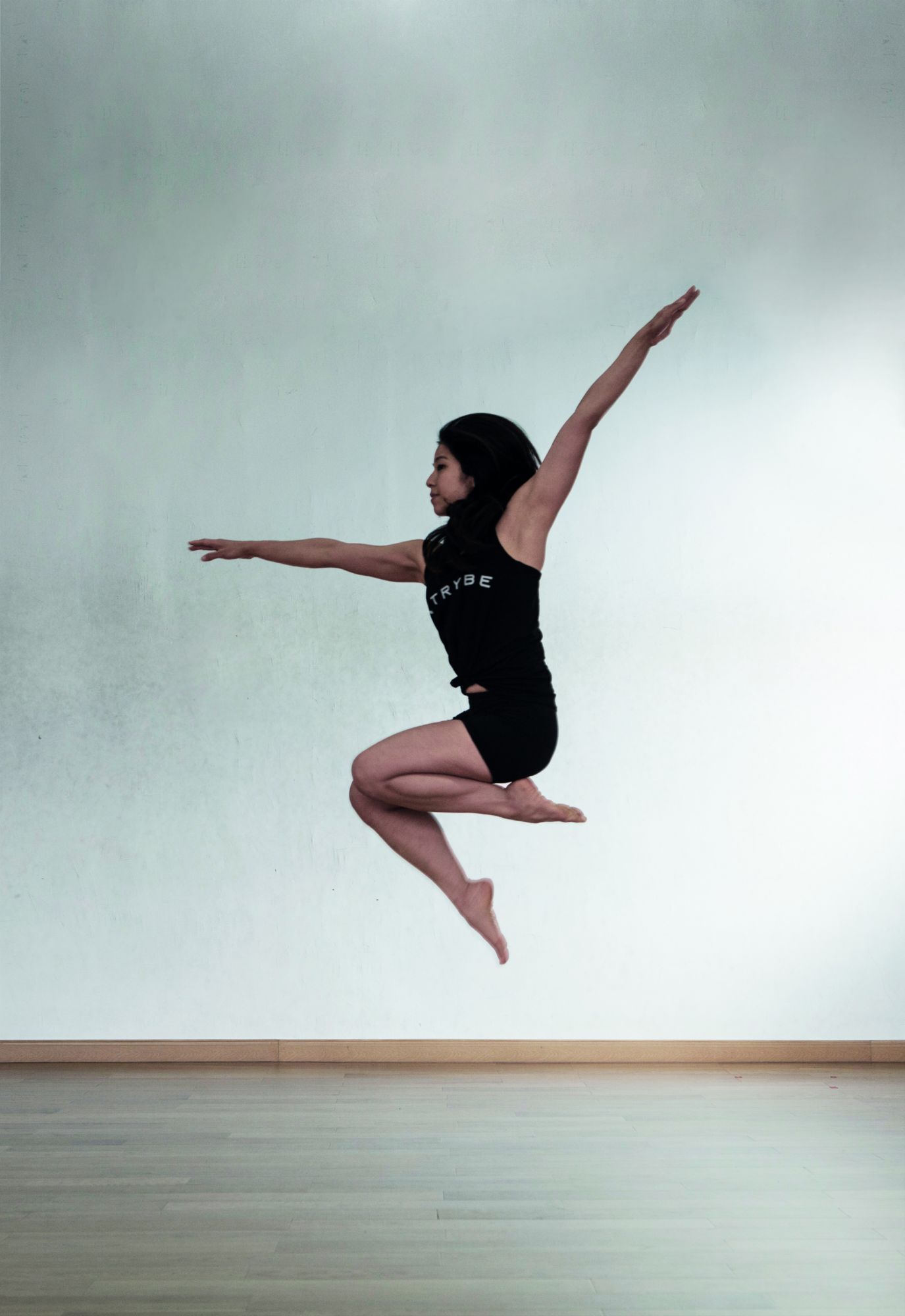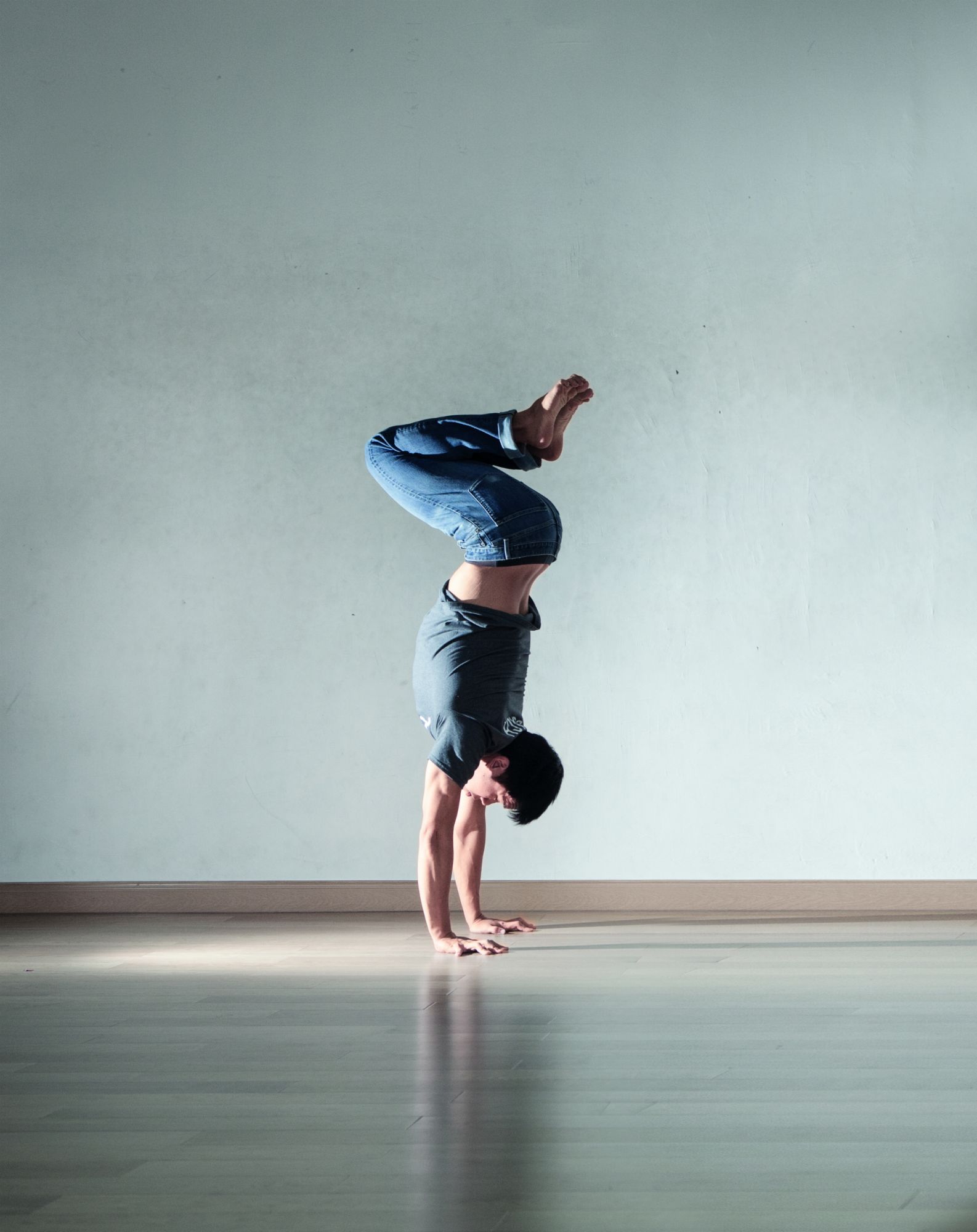Movement culture, an all-encompassing, democratic form of fitness training, is on the rise, and it's a new path to health and well-being
In an airy studio in Wong Chuk Hang, eight men and women of different ages and athletic build begin to warm up, jumping lightly in place, doing handstands, playfully interacting with one another and moving about the room.
The space is called Trybe, and the group is here to take part in different classes—strength training, tumbling, handstands. But this isn’t a regular gym. The disciplines they are undertaking are to be approached as components of the same practice, one of the fitness world’s burgeoning concepts: movement.
If the term sounds loose, that’s because it’s supposed to. Movement includes a variety of workouts and physical routines, from gymnastics and parkour to calisthenics and acrobatics. To many well-being enthusiasts and body cognoscenti, it is an all-encompassing lifestyle.

“A culture. A way of life,” says Teddy Lo, one of Trybe’s co-founders and master coaches. “One of the main problems with the modern fitness industry is that it pushes people towards very specific, one-sided tools and goals to improve their strength and stamina. Movement does the opposite. It invites you to try everything—especially the things you’re most scared of. It’s training both body and mind to get outside familiar spaces.”
“Standard gyms,” adds Steph Lee, a co-founder and movement teacher at Trybe, “divide rigidly by disciplines: dance practitioners stick to their dance routines, yogis to yoga, weightlifters to their bench press and dumbbells. Movement brings all of these together under one umbrella. It’s for people from all sorts of sports backgrounds.”


